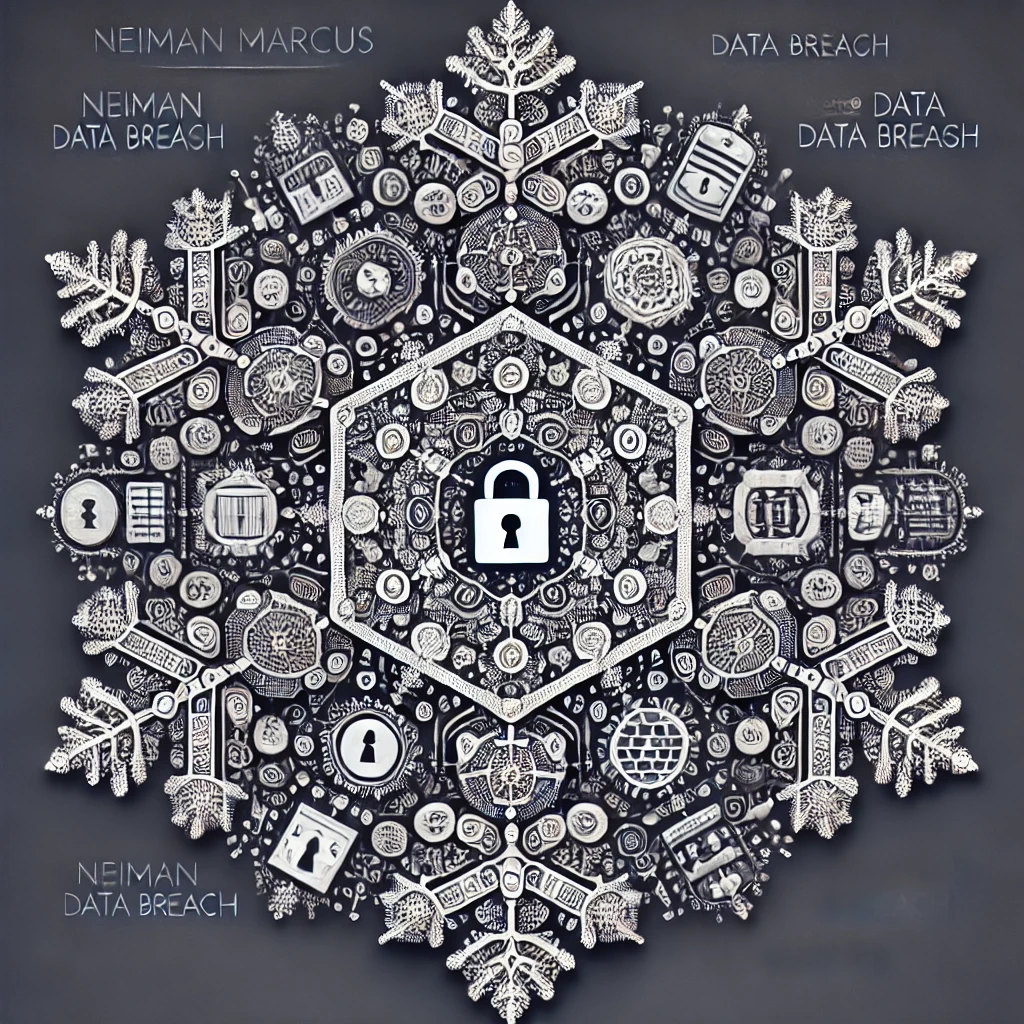In the ever-evolving landscape of cybersecurity, even the most fortified enterprises can find themselves vulnerable to sophisticated cyberattacks. Neiman Marcus, a luxury retailer renowned for its high-end products and clientele, recently became the latest victim in a series of high-profile data breaches. The incident, involving the compromise of their Snowflake account, has sent ripples across the cybersecurity community. This blog delves into the details of the breach, its implications, and the broader lessons it imparts for businesses worldwide.
The Incident Unveiled
On May 30, 2024, Neiman Marcus disclosed a significant data breach that occurred through the compromise of their Snowflake account. Snowflake, a cloud-based data warehousing company, is widely used for data storage and analytics, making it a crucial component of modern business operations. The breach was initially detected when unusual activity was flagged within Neiman Marcus’s data ecosystem, prompting an immediate investigation.
What Happened?
According to the initial reports, unauthorized access to Neiman Marcus’s Snowflake account was gained by exploiting stolen credentials. This breach allowed the attackers to infiltrate the company’s data infrastructure, accessing sensitive information stored within the Snowflake environment. The compromised data includes customer information, transaction records, and potentially financial details.
The Impact on Neiman Marcus
The ramifications of the breach are multifaceted, affecting both Neiman Marcus and its customers. The immediate concern is the potential misuse of customer data, which could lead to identity theft, financial fraud, and other malicious activities. For Neiman Marcus, the breach not only undermines customer trust but also poses significant legal and financial consequences.
Customer Data Compromise
Customer data is the lifeblood of any retail business, and its compromise can have severe repercussions. In this case, the stolen data may include names, addresses, email addresses, phone numbers, and purchase histories. If financial information was also accessed, the risks escalate dramatically, exposing customers to potential fraud and identity theft.
Operational and Financial Consequences
For Neiman Marcus, the breach translates into immediate and long-term challenges. In the short term, the company must address the breach, mitigate its impact, and communicate transparently with affected customers. This involves forensic investigations, collaboration with cybersecurity experts, and potentially, public relations efforts to manage the fallout.
Financially, the breach could lead to hefty fines and penalties, especially if it is found that Neiman Marcus failed to comply with data protection regulations such as the General Data Protection Regulation (GDPR) or the California Consumer Privacy Act (CCPA). Moreover, the costs associated with remediation efforts, legal fees, and potential lawsuits can be substantial.
The Role of Snowflake in the Breach
Snowflake, as a cloud data platform, is designed to offer robust security features. However, like any technology, it is not immune to exploitation, particularly when human factors come into play. In this breach, the attackers exploited stolen credentials, highlighting a critical aspect of cybersecurity: the human element.
Credential Compromise
Credential theft remains a prevalent method for cybercriminals to gain unauthorized access to systems. In the case of Neiman Marcus, the breach underscores the importance of stringent access controls and the need for multi-factor authentication (MFA). MFA adds an extra layer of security, making it significantly harder for attackers to leverage stolen credentials.
Security Best Practices
While Snowflake provides a secure environment, the breach emphasizes the need for businesses to implement best practices rigorously. This includes regular audits of access logs, continuous monitoring for unusual activity, and ensuring that all accounts, especially those with elevated privileges, adhere to the principle of least privilege.
Broader Lessons for the Industry
The Neiman Marcus breach serves as a stark reminder of the ever-present threats in the digital landscape. It underscores the necessity for robust cybersecurity measures, continuous vigilance, and a proactive approach to risk management.
Importance of Cyber Hygiene
Cyber hygiene refers to the practices and steps that users and organizations take to maintain system health and improve online security. This includes regular software updates, strong password policies, and employee training on recognizing phishing and other social engineering attacks. Effective cyber hygiene can significantly reduce the risk of credential theft and other forms of cyberattacks.
Incident Response and Preparedness
Organizations must have a well-defined incident response plan in place. This plan should outline the steps to be taken in the event of a breach, including immediate containment measures, communication protocols, and post-incident analysis. A swift and effective response can mitigate the damage and help restore customer trust.
Investment in Security Technologies
Investing in advanced security technologies is crucial. This includes tools for real-time threat detection, automated response systems, and encryption for sensitive data. Additionally, organizations should consider implementing zero-trust architectures, which assume that threats can come from both outside and inside the network, thereby enforcing strict access controls.
Conclusion
The Neiman Marcus data breach is a poignant example of the complexities and challenges that modern businesses face in securing their digital assets. It highlights the critical role of robust security practices, the importance of proactive risk management, and the need for continuous vigilance in the ever-evolving cybersecurity landscape.
For Neiman Marcus, the road to recovery will involve not only addressing the immediate fallout but also reinforcing their security posture to prevent future incidents. For the broader business community, this breach serves as a clarion call to reassess and fortify their cybersecurity strategies, ensuring that they are well-prepared to defend against the sophisticated threats of today and tomorrow.
In the final analysis, the Neiman Marcus breach is a testament to the adage that security is a journey, not a destination. It requires ongoing effort, adaptation to emerging threats, and a steadfast commitment to protecting the invaluable data that underpins the digital age. As businesses navigate this complex terrain, the lessons from this breach will undoubtedly shape the future of cybersecurity, driving home the imperative of resilience in the face of adversity.
